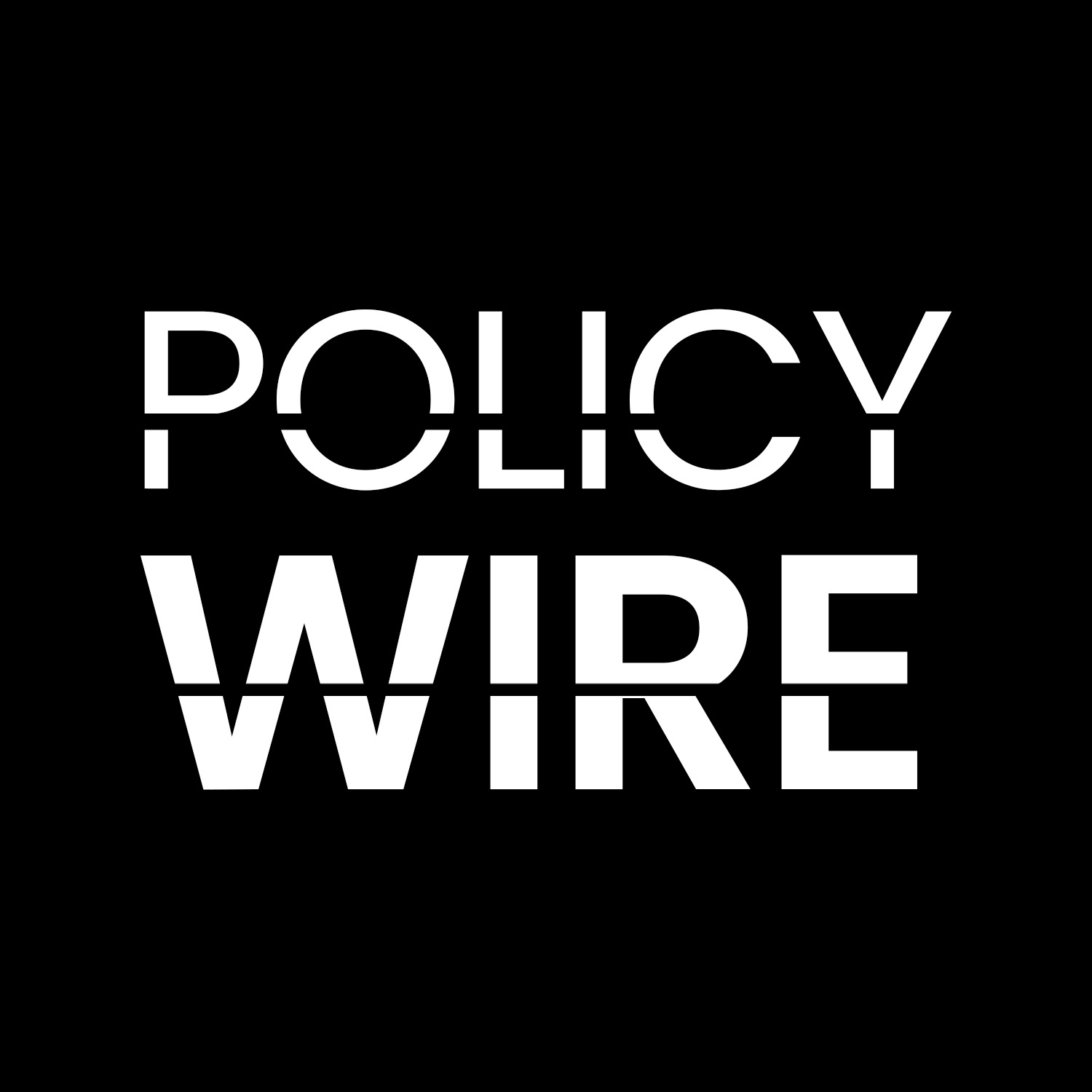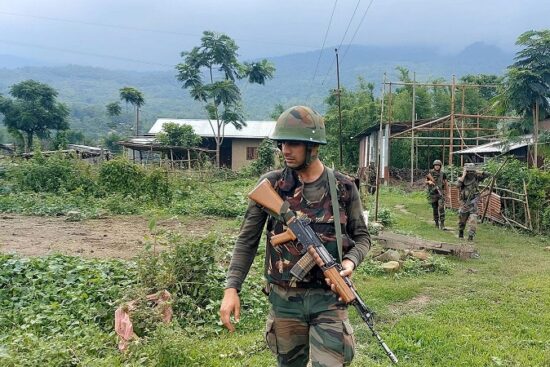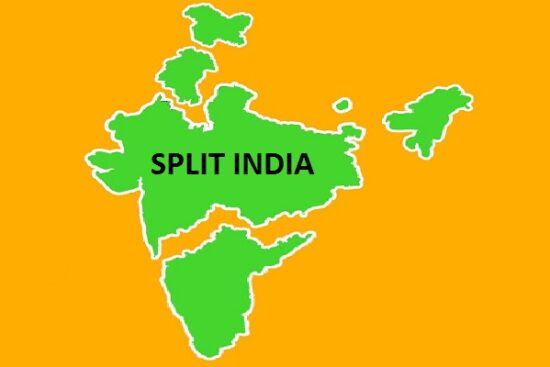
Marches, a time-honored tradition, a display of military prowess, have served as vivid displays of military might and national unity throughout the course of history. From the stoic phalanxes of ancient Greece, regimented formations of the Roman legions to the mechanized columns of modern armies, such displays serve as symbols of strength and solidarity. Pakistan’s 23rd March Parade, held annually to commemorate the Lahore Resolution (1940) – a pivotal step towards the nation’s creation – stands as a unique descendant of this akin legacy.
A Historic Beginning: The First Parade (1956)
The inaugural parade, then known as the Republic Day Parade, unfolded in 1956. Marking Pakistan’s official transformation into a republic on 23rd March, the occasion demanded a then celebration of grand proportions. President Iskander Mirza, then recently appointed, took the salute in Karachi, while similar parades were held simultaneously in other major cities. In Rawalpindi, General Ayub Khan, the Commander-in-Chief of the Pakistan Army, received the salute, highlighting the central role, the military played in the strengthening of nation.
The Meticulous Preparations
A great deal of motivation, energy and national resilience, remains at display during 23rd March parade preparations.
The days leading up to the 23rd of March are a whirlwind of activity. The Shakarparian Parade Ground in Islamabad transforms into a meticulously choreographed venue. Troops undergo rigorous training, honing intricate maneuvers to ensure a flawless display of precision and discipline. Elaborate rehearsals become a daily routine, solidifying formations and synchronizing movements. A great deal of motivation, energy and national resilience, remains at display during such preparations.
A Celebration of Unity
The 23rd of March Parade transcends a mere exhibition of military hardware. It blossoms into a vibrant tapestry woven with cultural performances, which enthrall the audience. All four provinces along with Gilgit Baltistan and Kashmir’s cultures are shown on the floats. The floats depict Pakistan’s diverse ethnicities, from the vibrant Balochistan region to the verdant Khyber Pakhtunkhwa, showcasing the nation’s rich cultural heritage. Traditional music and dance performances add a layer of vibrancy, highlighting the inclusive spirit that binds the nation together. This cultural extravaganza strengthens the sense of national identity and fosters a spirit of unity amidst the country’s diverse population.
International Camaraderie
The parade often features contingents from friendly nations, a testament to Pakistan’s strategic partnerships. These collaborative displays underscore the importance of international cooperation and diplomacy in maintaining global peace. Witnessing soldiers marching in unison, representing different countries, becomes a powerful symbol of unity and a collective commitment towards a secure future.
A Strategic Imperative
Beyond the captivating spectacle, the 23rd of March Parade serves a critical strategic purpose. The immaculate display of sophisticated weaponry and march of a well-trained military, serve as a potent deterrent against external threats. Tanks rolling down the parade ground, fighter jets roaring overhead, and soldiers marching in disciplined formations, convey a clear message: Pakistan is prepared to safeguard its territorial integrity and effectively respond to any misadventure.
Also Read: Solidifying Unity: Pakistan’s Resilience Post-May 9 Arson
Unique Nuances
23rd March Parade is a spectacle that underscores Pakistan’s multifaceted approach to national security. The cultural performances and international participation paint a broader picture. It is about:
Technological Advancements – The parade also showcases Pakistan’s advancements in indigenous defence technology. Military equipment’s acquired through arms deals with other nations as well as locally manufactured tanks, missiles, and fighter jets displayed with pride serve as a testament to the nation’s growing self- reliance in the defence sector.

Showcasing Innovation – The parade displays innovative military equipment and tactics. This demonstrates Pakistan’s commitment to modernizing its armed forces and serves as a platform to share these advancements with friends and foes alike.
A Platform for Diplomacy – Military attaches and dignitaries from various countries are invited to witness the parade. This strengthens diplomatic ties besides fostering a sense of mutual understanding and cooperation on strategic issues.
A Message for the Nation
The 23rd of March Parade is a symbolic reassurance to the domestic audience. The unwavering display of military might add to the confidence of the nation upon its armed forces’ commitment to protecting Pakistan from internal threats posed by non-state actors. Witnessing the coordinated display of military power instills a sense of security and national pride within the citizenry. The parade serves as a potent reminder of the nation’s resilience in the face of adversity. It is a day to celebrate the hard-won independence, acknowledge the sacrifices made in the name of national security, and recommit to the ideals of unity and progress.
The Parade: A Multifaceted Symbol of Pakistan’s Identity
23rd March Parade is not merely a display of military hardware; it is a multi-faceted spectacle that transcends its visual grandeur. It underscores Pakistan’s unwavering commitment to national security, celebrates its rich cultural diversity, and reaffirms its position as a key player.
The opinions shared in this article reflect the author’s personal views and do not necessarily align with the institution’s official stance.



















Leave a Reply